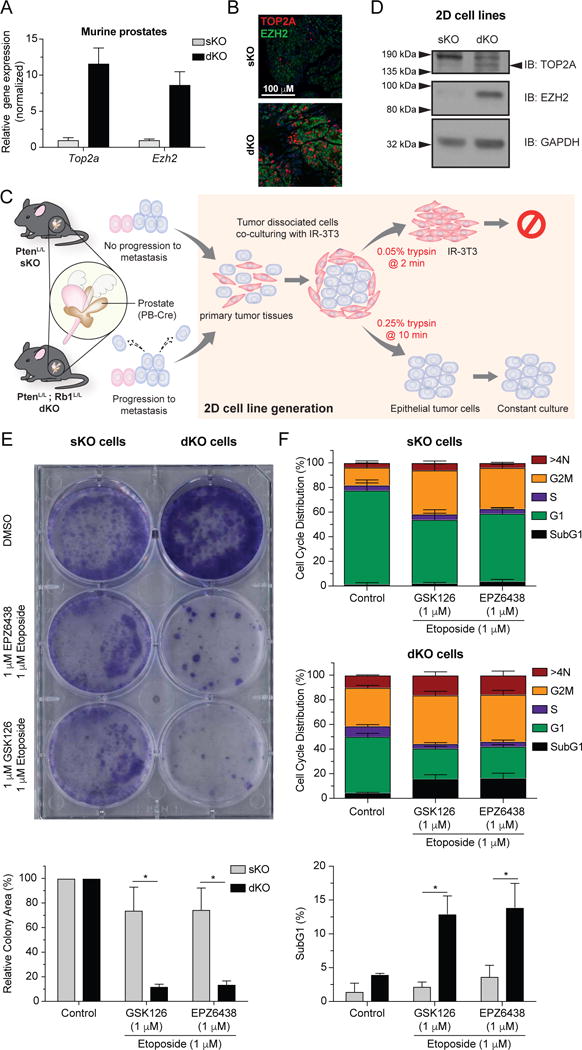Figure 5. Top2a and Ezh2 increased expression is associated with metastatic disease progression in genetically engineered mouse models of PCa and provide rationale for targeted therapy.

(A) Top2a and Ezh2 expression levels from mice with prostate specific deletion of Pten−/− (sKO) or Pten−/−; Rb1−/− (dKO) as assessed by qRT-PCR. (B) Fluorescence immunohistochemistry depicting high TOP2A and EZH2 expression in a dKO prostate tumor. (C) Schematic describing the generation of prostatic epithelial cell lines from sKO or dKO prostate tumors. (D) Confirmation that high expression level of TOP2A and EZH2 in dKO cell line was maintained following spontaneous immortalization. (E) Combination therapy targeting both EZH2 (GSK126 or EPZ6438, 1 μM) and TOP2A (Etoposide) activity induces loss of clonogenicity specific to dKO cells. (top: representative experiment; unpaired t test; * P < 0.05, triplicate, mean ±SEM). (F) Cell cycle analysis indicates that combination therapy induces apoptosis specifically in dKO cells as indicated by increased SubG1 accumulation (unpaired t test; * P < 0.05, triplicate, mean ±SEM).
